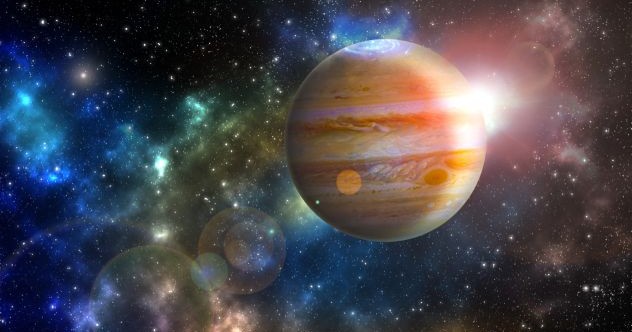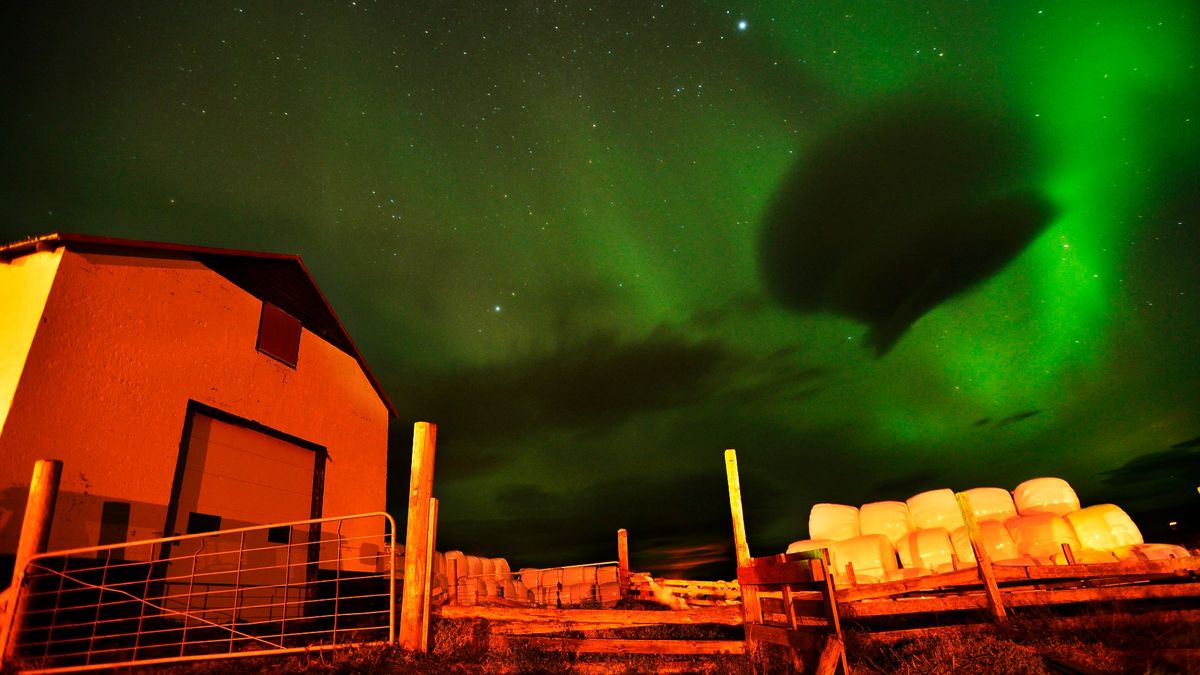Now Reading: 10 Groundbreaking Discoveries About Alien Worlds
1
-
01
10 Groundbreaking Discoveries About Alien Worlds
10 Groundbreaking Discoveries About Alien Worlds

Quick summary:
- observed Auroras on jupiter: James Webb Telescope captured rapid and dynamic auroral activity on Jupiter. Researchers noted “fizzing and popping” lights altering by the second, challenging previous assumptions about Jupiter’s magnetic field behavior.
- disintegrating Planet Finding: BD+05 4868 b, located in Pegasus constellation (140 light-years from Earth), is losing mass equivalent to Mount Everest every orbit due to extreme proximity to its star. It may disintegrate within one to two million years.
- Rogue Planet SIMP 0136+0933: This object glides freely, not orbiting a star but brightly emitting radiation surges akin to auroras due to an iron-and-magnesium-rich atmosphere with swirling hotspots resembling Earth’s northern lights.
- Mercury Crater Images Captured: NASA’s BepiColombo spacecraft provided detailed photos of Mercury’s north pole, including volcanic plains and impact craters that potentially harbor frozen water deposits.
- Liquid-Iron Rain on WASP-121 b: An exoplanet experiences constant supersonic winds transporting vaporized metal from its day side before cooling into liquid iron rain under eternal night conditions-making it a unique climate system among planets studied so far.
- Storm patterns on Uranus & Neptune Explained: A 2024 study suggests condensed methane drives short-lived storms by altering atmospheric heat dynamics in these outer ice giants’ atmospheres considerably impacted by their frigid conditions.
- Youngest Known Planet discovered (TIDYE-1 b): At only three million years old and located 520 light-years away, this youthful world offers a unique insight into infant planetary behavior through dimming intervals as detected near its orbiting star.
– *Liquid Water Oceans hint Based Mars- possibly seen conceaside**
Stay Informed With the Latest & Most Important News
Previous Post
Next Post
Loading Next Post...


























